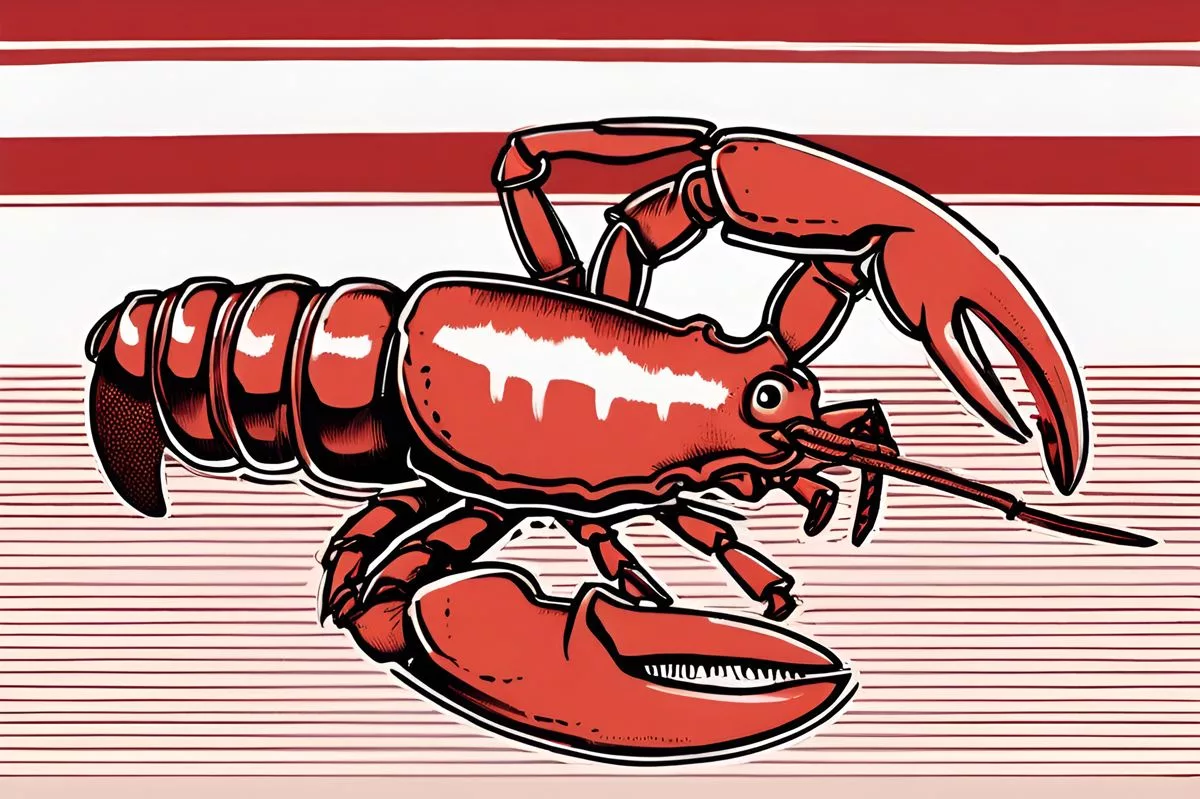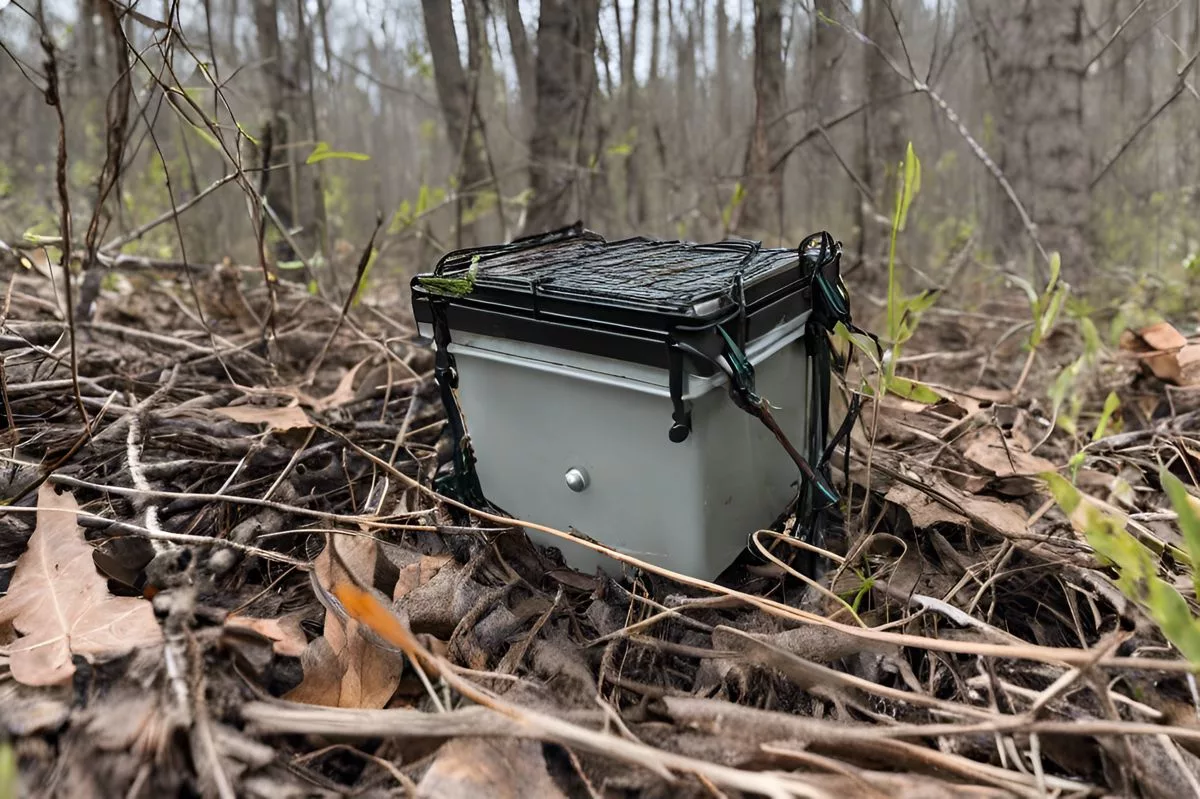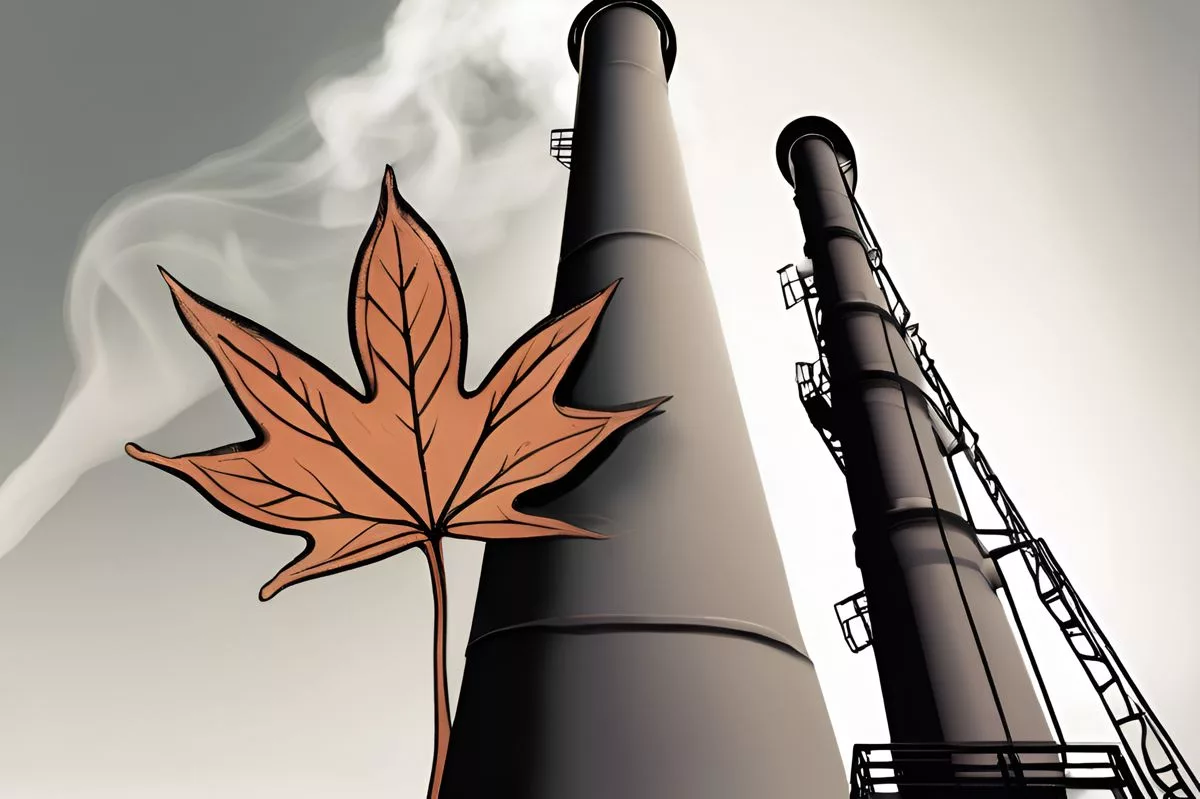The red tide is a harmful algal bloom that occurs during late summer and fall, causing widespread death among marine species and depleting sea oxygen levels. This ecological disaster has both environmental and economic costs, particularly affecting the West Coast rock lobster population. The DFFE has executed a West Coast Rock Lobster Walkout Contingency Plan to protect live lobsters, and scientists are conducting investigations to understand the red tide’s repercussions. The crisis also has a gender dimension, with female lobsters being more prone to stranding and higher mortality rates.
What is the red tide and its impact on West Coast marine life?
The red tide is a harmful algal bloom that occurs predominantly during late summer and fall. It carries large volumes of phytoplankton, which can be toxic and deplete sea oxygen levels, causing widespread death among marine species. This ecological disaster has both environmental and economic costs, particularly affecting the West Coast rock lobster population. The DFFE has executed a West Coast Rock Lobster Walkout Contingency Plan to protect live lobsters, and scientists are conducting investigations to understand the red tide’s repercussions.
Subtitle: A Lethal Algal Bloom and Its Consequences
The West Coast is celebrated for its untouched beaches and copious aquatic life, ranging from lobsters and prawns to crabs, cuttlefish, seaworms, and shark rays. Yet, these natural assets are threatened by the seasonal red tide, a harmful algal bloom occurring predominantly during the late summer and fall, which dyes the tide a ghastly red. The Department of Forestry, Fisheries, and the Environment (DFFE) issued a recent public alert advising against consuming any washed-up marine life due to this natural event.
The red tide is not your run-of-the-mill algal bloom. It carries large volumes of phytoplankton, individual algae cells that can be either innocuous or potentially hazardous, contingent on the species. These harmful algal blooms, also known as HABs, not only carry toxicity but also deplete sea oxygen levels as they decompose, causing widespread death among marine species.
The area around the Berg River mouth, particularly within the estuary near Velddrif, has reported substantial marine animal deaths. DFFE spokesperson, Peter Mbelengwa, underscored that lobsters were also found in modest amounts, both at the estuary mouth and neighboring coastline. He cautioned against consuming these lobsters owing to considerable health risks linked to possible algal toxins exposure and ambiguity around their exact time of death.
Subtitle: The Bioaccumulation of Toxins & Its Dangers
The accumulation of toxins in organisms can provoke severe reactions, even resulting in death in humans if ingested. To avert such incidents, Mbelengwa implored the public to refrain from consuming any washed-up marine creatures.
The department is more than a passive observer of this ecological disaster. Alongside national and local authorities, it has sprung into action, executing the West Coast Rock Lobster Walkout Contingency Plan. This comprehensive plan involves rescuing live lobsters by relocating them to regions with normal oxygen levels and ensuring the safe disposal of dead lobsters.
Scientists are also keeping a close eye on the red tide, cataloging the species washed ashore, and conducting various investigations. These studies involve determining the lobsters’ size and gender, which will aid in understanding the red tide’s repercussions on different sections of the lobster population.
Subtitle: Lobster Walkouts: An Environmental and Economic Blow
Lobster walkouts carry both environmental and economic costs. The DFFE’s crustacean research team’s latest findings unveiled sharp reductions in lobster populations following walkouts of 550 tonnes in 2022 and 100 tonnes in 2023. These declines were most prominent at Elands Bay, a significant fishing center along the West Coast.
The shrinking lobster population triggers a chain reaction on the local economy, resulting in decreased catches in the following seasons. This has profound implications for the West Coast’s fishing communities, who heavily rely on the lobster resource for their sustenance.
The West Coast rock lobster, also known as Jasus lalandii, is particularly vulnerable to red tides. As oxygen levels decrease, lobsters shift inshore where wave actions result in marginally increased oxygenation. However, during low tide, they often find themselves stranded on the beach or washed up onto the beach by waves.
Subtitle: Gender Disparities in the Crisis
The crisis also has a gender dimension. Female lobsters, in an effort to provide optimal conditions for egg development during the late summer, migrate to shallower inshore water where oxygen levels are higher. Males generally arrive in these shallow areas later than females, making the latter more prone to stranding and consequently leading to a higher mortality rate among female lobsters.
The red tide serves as a potent reminder of our natural world’s intricate, fragile balance. It emphasizes the pressing need for additional research and prompt action to mitigate its effect on both marine ecosystems and the human communities that rely on them. But for the time being, the West Coast awaits the receding of the red tide, the restoration of normal oxygen levels, and the revival of its marine life.
What is the red tide and when does it occur?
The red tide is a harmful algal bloom that occurs predominantly during late summer and fall.
What are the environmental and economic impacts of the red tide on West Coast aquatic life?
The red tide has both environmental and economic costs, particularly affecting the West Coast rock lobster population. The shrinking lobster population triggers a chain reaction on the local economy, resulting in decreased catches in the following seasons. This has profound implications for the West Coast’s fishing communities, who heavily rely on the lobster resource for their sustenance.
What is the West Coast Rock Lobster Walkout Contingency Plan?
The DFFE has executed a West Coast Rock Lobster Walkout Contingency Plan to protect live lobsters, which involves rescuing live lobsters by relocating them to regions with normal oxygen levels and ensuring the safe disposal of dead lobsters.
What are the dangers of consuming marine creatures affected by the red tide?
The accumulation of toxins in organisms can provoke severe reactions, even resulting in death in humans if ingested. To avert such incidents, the DFFE implored the public to refrain from consuming any washed-up marine creatures.
What is the gender dimension of the crisis?
Female lobsters, in an effort to provide optimal conditions for egg development during the late summer, migrate to shallower inshore water where oxygen levels are higher. Males generally arrive in these shallow areas later than females, making the latter more prone to stranding and consequently leading to a higher mortality rate among female lobsters.
What are scientists doing to understand the red tide’s repercussions?
Scientists are keeping a close eye on the red tide, cataloging the species washed ashore, and conducting various investigations. These studies involve determining the lobsters’ size and gender, which will aid in understanding the red tide’s repercussions on different sections of the lobster population.












